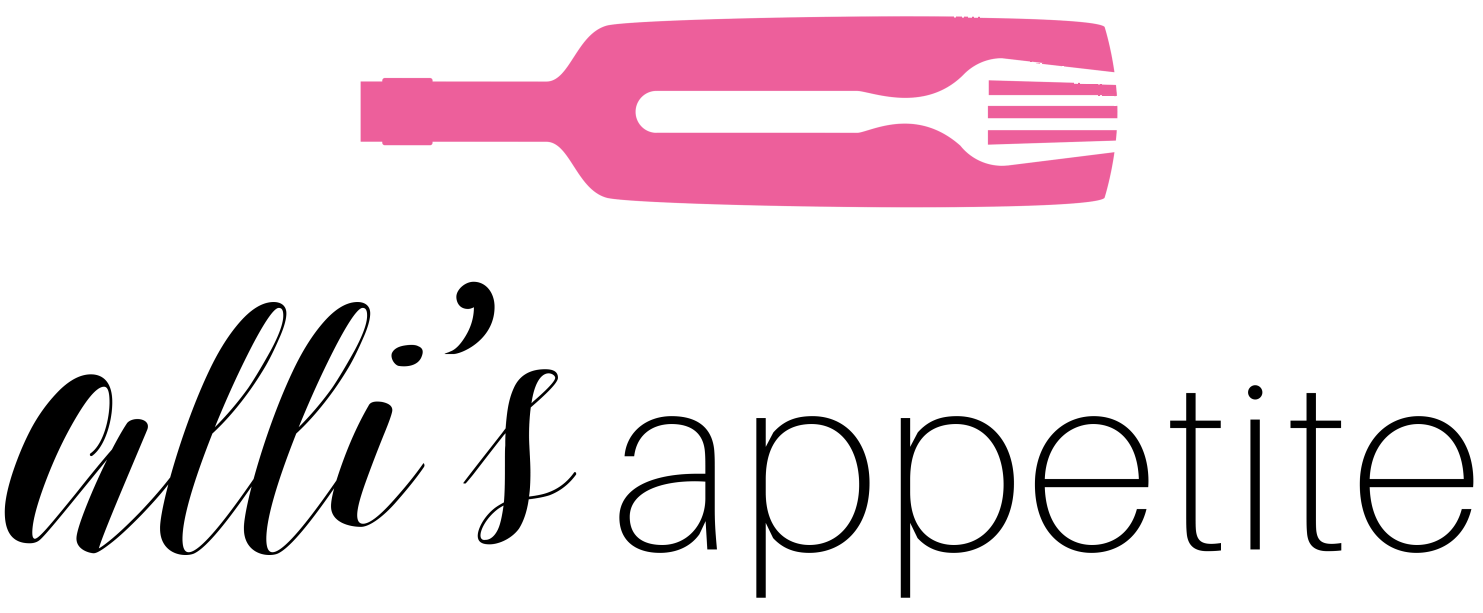Gluten Free FAQ
What is gluten?
Think of gluten as a natural protein found in wheat, barley, rye, and oats. It's what gives foods their elasticity and chewiness.
Which foods contain gluten?
Gluten is present in many common foods like bread, pasta, cereal, cookies, and cakes. It can also hide in unexpected items such as salad dressings, soy sauces, chicken stocks and seasonings, to name a few. There are so many naturally gluten free options - like meats, seafood, veggies, and fruits that are safe for those with Celiac!
How can I determine if a processed food is truly gluten free?
Always read labels to make informed decisions to review the ingredients list, typically located near the nutrition facts. Look for the "Certified Gluten Free" label for added reassurance or search for any other allergen statements which might be included (these are voluntary). Be cautious of shared equipment or "may contain" gluten warnings. If the ingredient list includes wheat, barley, rye, or malt, it's a red flag. If in doubt, reach out to the manufacturer for more information.
Can I enjoy "gluten free" fried foods from a shared fryer?
If you have Celiac, it's best to avoid. Always ask if fried foods share a fryer with non-gluten free items. If the restaurant has a dedicated gluten free fryer, go ahead and indulge. Otherwise, consider other options as this would present an increased risk of cross-contamination potential.
Are oatmeal and quinoa truly gluten free?
Oats and quinoa are naturally gluten free, but they can be cross-contaminated during farming or production processes. Look for a clear "gluten free" label for these foods. Some individuals with Celiac may need to consult their nutritionist or doctor before introducing oats, especially right after diagnosis when their intestines are healing as the tolerance can vary by person.
Is maltodextrin a safe ingredient on a gluten free diet?
It varies. Maltodextrin can come from wheat, rice, potato, or corn. If the type of maltodextrin isn't specified, it's safer to skip to avoid any potential wheat exposure. If the source is listed as being derived from wheat, steer clear.
Is a gluten free diet suitable for me?
Once diagnosed with Celiac through bloodwork and confirmed through an endoscopy, adopting a strict gluten free lifestyle is needed to ensure your wellbeing. There is no other known "cure" or treatment at this time. If you haven't been diagnosed with Celiac or haven't been advised to go gluten free, consult your doctor before making significant dietary changes.
If you're hungry for a deeper understanding of managing life after a Celiac diagnosis and want to smoothly transition to a gluten free lifestyle, the Settling into Celiac online course was created to support you. It's a comprehensive resource with just under 3 hours of focused content that delves into various aspects, helping you navigate challenges and embrace the gluten free journey with confidence.
DISCLAIMER:
Remember, this blog reflects my personal choices and opinions. Use your judgment when trying products or tips recommended here.
DISCLAIMER: If you think that you or someone you know may be exhibiting signs of Celiac or other medical conditions, seek the help of a medical professional. All research and recommendations are solely a representation of my own research, lifestyle choices and opinions. Exercise your own judgement when trying different products/restaurants shown or for suggestions made on this site and in my blog.
